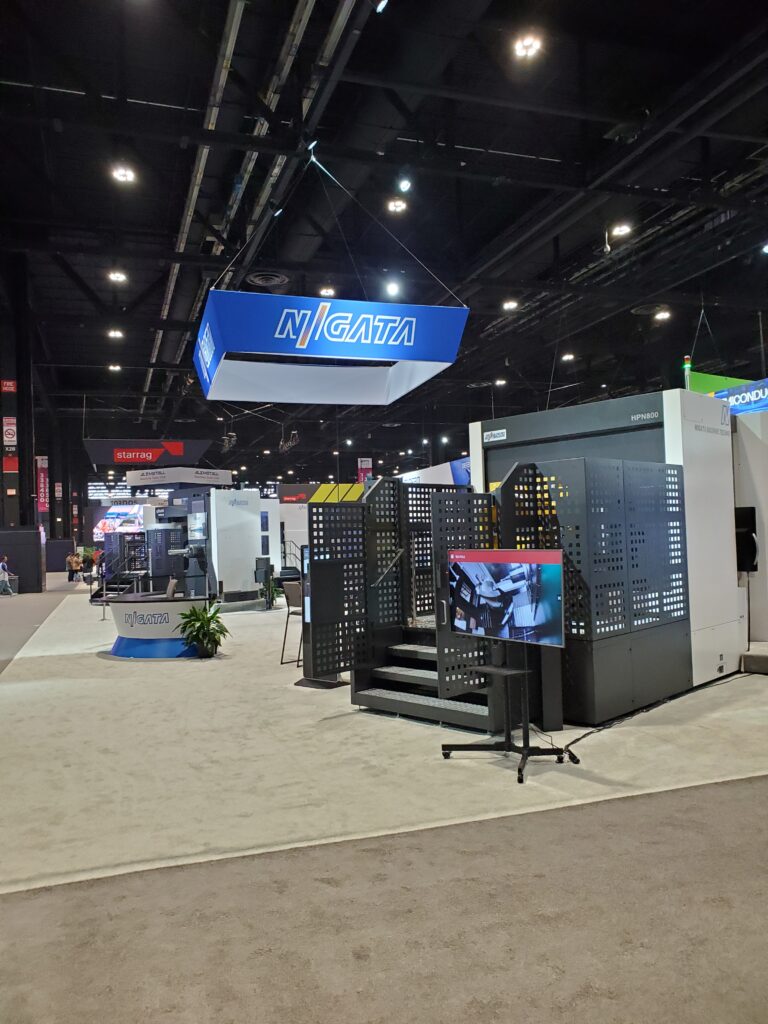[vc_row][vc_column width=”5/6″][vc_column_text]
The following article originally appeared in the November 2018 edition of the Illinois State Bar Association’s Real Estate Section Council Newsletter.
Consider the following scenario: You are wrapping up the final touches on a client transaction binder following the successful closing of the sale of their real estate when you receive a call from Buyers’ counsel. Apparently, there are several issues with the heating system that the Buyers discovered post-closing. The Buyers want Seller to remediate the defects. In years past, the open and shut answer might have been to assert the merger doctrine, but as reinforced by the Supreme Court in Czarobski v. Lata, 227 Ill.2d 364 (2008), that answer is not airtight.
The merger doctrine is a common law doctrine, under which all prior agreements between a buyer and a seller merge into the delivery of the deed upon acceptance of the deed by the buyer. Under the doctrine, upon acceptance, the deed becomes the sole remaining binding instrument between the parties, overruling the provisions of the real estate purchase contract. Causes of action based on those preceding agreements are then precluded under the doctrine. The intention of the merger doctrine was to bring closure to the real estate process and secure the protection of land titles. Czarobski v. Lata, supra.
However, over the years, three primary exceptions to this doctrine have been recognized by the courts: (1) mutual mistake; (2) misrepresentation; and (3) where a contractual provision in a preceding transaction document provides an independent or collateral undertaking, apart from the purpose of the deed. The first exception (mutual mistake) applies generally where both the buyer and the seller were equally mistaken about an attribute of the property. Czarobski v. Lata, supra. The second exception (misrepresentation) applies where a seller has misrepresented a pertinent fact regarding the transaction. Beal v. Schewe, 291 Ill.App.3d 204 (1997).
The third exception (collateral undertaking) is perhaps the most pertinent exception given the provisions in many real estate contracts. Under the collateral undertaking exception, where a purchase contract contains a separate undertaking distinct from the delivery of the warranties of title in the deed, that separate undertaking survives the delivery of the deed and is not extinguished until the completion of the undertaking. Courts have identified the creation of easements in the purchase contract (Daniels v. Anderson, 162 Ill.2d 47 (1994)), for the construction of new improvements on the conveyed property (Brownell v. Quinn, 47 Ill.App.3d 206 (1st Dist 1964)), and even warranties regarding the condition of buildings or improvements on the property (Neppl v. Murphy, 316 Ill.App.3d 581 (2000)), as collateral undertakings surviving delivery of the deed. In these instances, the merger doctrine does not apply to preclude suits based on those undertakings. Common day to day collateral undertakings in many real estate contracts include property condition representations and real estate tax proration agreements.
Many clients do not understand, or simply are not aware, of the potential for transaction liabilities to continue post-closing. Accordingly, identifying contract provisions that may survive closing is an important opportunity for attorneys to add value to the transaction for their client. Armed with such knowledge, some client may proceed more prudently knowing that their liability may not be cut off at closing.[/vc_column_text][vc_row_inner][vc_column_inner width=”1/3″][vc_single_image image=”8149″ img_size=”medium”][/vc_column_inner][vc_column_inner width=”2/3″][vc_column_text]
Daniel A. Huntley is an associate in the transactional group, concentrating his practice in corporate law, real estate law, estate and trust law and agribusiness law. Originally from Rochelle, Illinois, his clients range from multi-national corporations to local family-owned businesses to individuals. Contact the law offices of WilliamsMcCarthy LLP to schedule a consultation.
[/vc_column_text][/vc_column_inner][/vc_row_inner][/vc_column][vc_column width=”1/6″][/vc_column][/vc_row]





